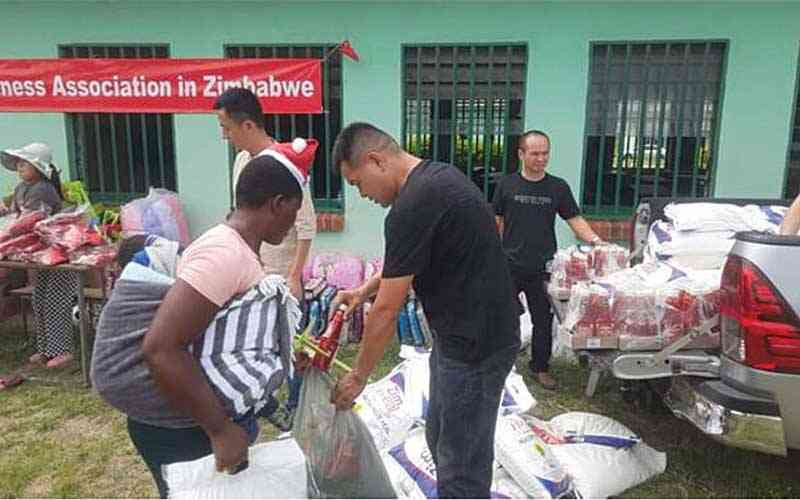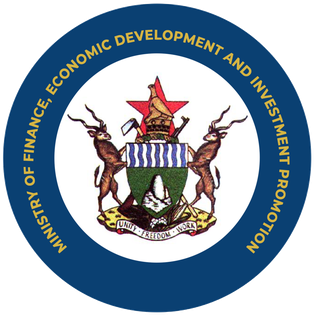
THE year 2023 saw agroecology receiving a lot of attention as one of the main proposed solutions for combating climate change in harmony with nature.
However, like many other buzzwords, agroecology continues to be diluted, generalised and co-opted before its full potential can be explored.
In one of the side events at COP28 in Dubai, participants concurred that while terminologies like agroecology, regenerative agriculture, organic farming, climate smart agriculture, nature-based solutions and many others may seem different, more than 95% of what is done in their name on the ground is the same.
The value of contextualising agroecology
As a proponent of agroecology, eMKambo has been seized with contextualising agroecology so that farming communities do not continue to see it as a foreign invention.
To that end, eMKambo has tried to position agroecology within a framework of existing practices that are often backed by indigenous knowledge systems (IKS).
This will ensure agroecology dovetails with what is already happening in different contexts. To support communities in making sense of agroecology in their contexts, eMKambo has unpacked the concept at different levels as explained below.
In the first level some communities were engaged to identify situations where industrial inputs are threatening indigenous food by competing with their indigenous practices.
- COP26 a washout? Don’t lose hope – here’s why
- Out & about: Bright sheds light on Vic Falls Carnival
- COP26 a washout? Don’t lose hope – here’s why
- Out & about: Bright sheds light on Vic Falls Carnival
Keep Reading
This assisted in assessing the extent to which ordinary people are aware of agroecology as a practice through indigenous practices which have existed for many years before somebody came up with the term agroecology.
Many African rural smallholder farmers may not express agroecology in the form of principles, but they have been practising it without giving it an academic or scientific name.
For instance, some communities in parts of Rwanda and Uganda produce food in volcanic soils that do not even need industrial chemicals like imported fertiliser.
It means these communities have been unknowingly living a key agroecology principle on soil health without being aware of it.
The second level sought to answer questions like to what extent are industrial practices encroaching onto indigenous soils and practices and what type of protection can be introduced against infiltration?
How can communities reclaim their soils with alternative inputs and practices?
The best way to define agroecology is demonstrating the extent to which agroecology principles are being threatened by industrialisation.
If agroecology is narrowly defined around use of chemicals, that excludes many indigenous principles which show how communities already recycle stover, how they diversify their food systems and the extent to which they already have abundant indigenous food.
Economic diversity as part of biodiversity and communities with virgin land
The third level looked at communities that still have virgin land which has not been contaminated and try to figure out what type of practices will preserve their soil health?
At this level, the assessment was also extended to economic diversity as one of the critical factors in advancing agroecology.
Most African communities have been diversifying their food systems for decades using their IKS also as part of indigenous biodiversity management.
The communities have also been practising the agroecology principle that is related to synergy where compost is used to minimise waste through IKS ways.
To what extent are different African communities aware that their practices are already agroecological?
To what extent are industrial practices like monocrop threatening community food systems and encroaching onto IKS practices?
For example, how is cotton damaging soils and local biodiversity in the name of economic benefits?
Raising awareness on such key questions is a fundamental step in contextualising agroecology including how agroecology products are sustaining communities compared to industrial practices.
This conversation was linked with understanding agroecology practices that are providing resilience, livelihoods and economic benefits.
That way, communities became aware that agroecology is not just a terminology but something they may have been doing already, thus reinforcing the view that agroecology should not be excluded from indigenous practices.
Going beyond domesticated crops and livestock
Communities have also started to realise that agroecology is not only about domesticated crops and livestock but includes indigenous fruit seeds like baobab that need cultural preservation practices to minimise conflict between human consumption needs and the needs of wildlife.
Food systems for economic benefits are threatening ecosystems, especially when people over-commercialise natural food systems to earn a living not just for consumption, but no one might be monitoring these practices.
In most cases, communities focus on earning money from cotton and tobacco without paying attention to the destruction of soils and water.
Key economic actors like policymakers are also driven by money as seen by the obsession with earning foreign currency.
How can the appetite for foreign currency be balanced with preserving natural ecosystems?
Using the right approaches, communities can be mobilised to agree that there should not be cotton production in their area.
This can be achieved by moving from projects to community dialogue which generate community reflections, leading to concrete actions.
Building agroecology movements through community dialogues
Building on levels described above, the next level has been about generating consciousness to empower communities even without policy interventions so that they build their own IKS, indigenous practices and existing resources.
For instance, using dialogue to empower communities on how to translate their agroecology and indigenous practices into economic drivers.
Many communities have been involved in projects like land reclamation, soil and water conservation and reconstructing water sources.
All these projects should be linked to livelihoods and economic benefits as articulated by each community’s short, medium and long-term plans.
For example, when degraded land is reclaimed to its original state, communities can start restocking livestock to improve their livelihoods as well as revive indigenous practices like communal livestock herding in which households took turns to herd their collective livestock (madzoro, in the shona language).
As communities progress with land reclamation, they ask themselves what types of crops should they start growing.
Without consensus on how to work together, some members can reclaim soils and water but those who are not part of the intervention can continue growing tobacco upstream or downstream, thus polluting water and soils.
In most African countries, collective evaluation of natural resources at community level is often missing.
Each farmer can do what s/he wants with his/her field. Ideally, there should be platforms for farmers to share experiences through dialogues which assist in building community-based agroecology movements that can be used to build strong resistance against industrial practices while meeting socio-economic needs.
Addressing soil erosion or providing clean water is not the main result for communities. They need livelihoods, resilience and economic benefits.
A consolidated approach with supporting institutions like the extension services department can address most of the challenges better than fragmented interventions by diverse non-governmental organisations (NGOs).
When there is an institutional structure that guides implementation of community projects, ultimately, communities can be assisted to write their own proposals based on what they want to do. External NGOs can only come in to speak to community plans.
That is why the ideal starting point for any advocacy effort is collecting and synthesising evidence from the ground and presenting it in a compelling manner in ways that reveal the total picture.










